Wileyfox Spark Review - Software and Performance Review
Software and Performance
Cheap and not cheerful
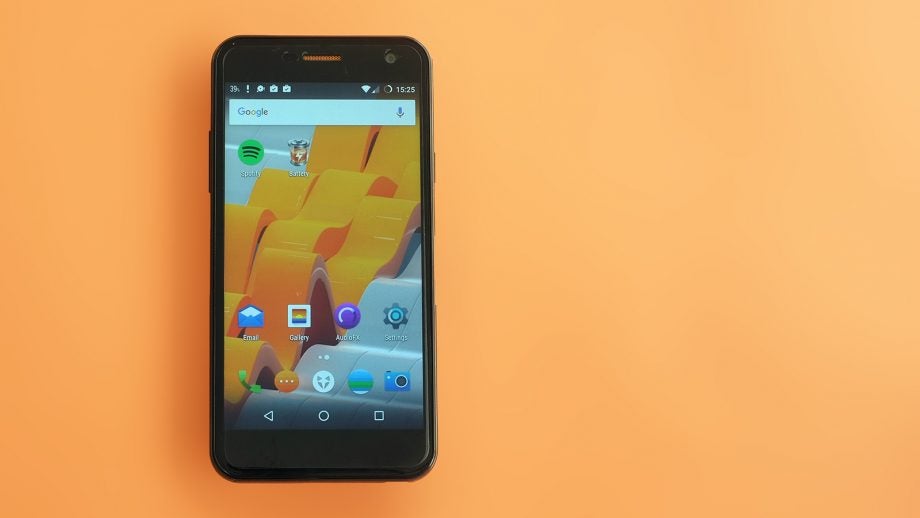
Sections
- Page 1 Wileyfox Spark Review
- Page 2 Software and Performance Review
- Page 3 Camera, Battery Life and Verdict Review
Wileyfox Spark – Software
The Wileyfox Spark isn’t a typical budget phone in all respects, but its software does provide the opportunity to customise many of the elements that would usually be rigid in an Android device. This is because it has the CyanogenMod UI layered on top of Android Marshmallow.
CyanogenMod began life as an indie dev scene piece of software, but it’s in the big leagues now. Microsoft has invested in it heavily and Google even reportedly tried to buy it back in 2014.
It’s essentially a vision of Android as it might be if Google had continued with an open system and customisable rather than clean and pretty, as it largely is in Android 6.0 Marshmallow.
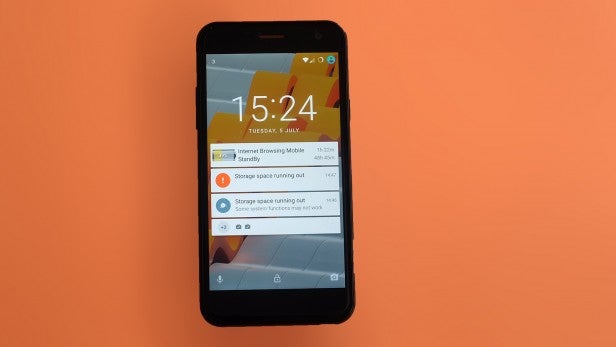
The Wileyfox Spark’s software has a nerdier, more interface-heavy look than the Motorola Moto G4, for example, but for Android enthusiasts in particular there’s plenty to like.
For example, the apps menu design is very clever. Like Marshmallow’s apps area, it’s arranged vertically but in alphabetic sections, which makes finding apps an absolute doddle.
However, this means it doesn’t look quite as simple as the standard “white page” apps menu – but that it doesn’t look cluttered either is testament to the sound design of CyanogenMod. You can even choose a classic “page”-based apps menu if you wish.
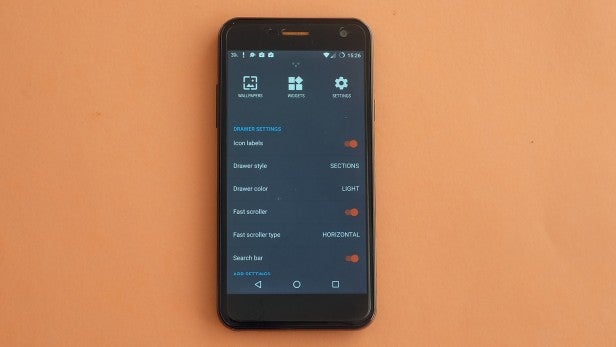
Other interface tweaks include the ability to alter how many apps fit on a homescreen (up to an absolutely packed 7×7 grid), the size of fonts, and whether or not app icons are labelled with text.
Like several other third-party custom UIs, CyanogenMod also has themes that let you reskin the Wileyfox Spark entirely with only a few taps. Some are free, others paid-for, but there’s a decent selection.
Another positive of the Wileyfox Spark software is that it’s virtually bloat-free. There are no superfluous apps, no tie-ins with Amazon, Gameloft or other app-makers to earn Wileyfox a few extra pennies. In this regard, it’s oddly equivalent to a Nexus device.
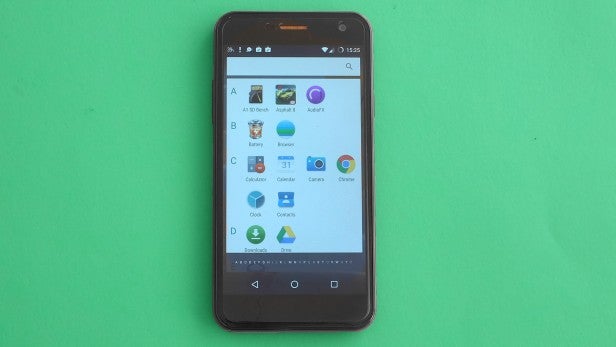
Wileyfox Spark – Performance
The software is good, particularly if you are up for some manual customisation. However, performance is far less promising.
Issues arise with day-to-day performance, with much of this a result of the meagre 1GB of RAM as opposed to any deficiencies with the MediaTek MT6735 processor. Apps are relatively slow to load: I’ve experienced multiple instances of apps crashing, and there’s an obvious slowdown when it comes to multi-tasking on the Wileyfox Spark.
The most common instance is when a download is taking place in the background; a simple task but one that makes the Spark flat-out frustrating to use. Slow storage is partly to blame here, too.

The Spark’s 8GB ROM performance is utterly dismal, with write speeds of 4MB/sec and reads of 17MB/sec. For a bit of context, the Moto G4 storage writes at 47MB/s and reads at 158MB/s. Wileyfox has clearly skimped hugely with its storage hardware, and that’s a shame.
The hardware problems make Asphalt 8 frustrating to play, but not for the reasons you might expect.
During a race, the Spark shows some clear frame rate hitches at “high” graphics settings, but it’s still fun and looks good. However, the menus – where presumably more data is being juggled – are horribly slow.
Almost all of the Wileyfox Spark’s performance problems can be attributed to the dismally slow onboard storage and the small amount of RAM. Ironic when Wileyfox actually acknowledged the importance of having at least 2GB of RAM in its £129 Swift phone.
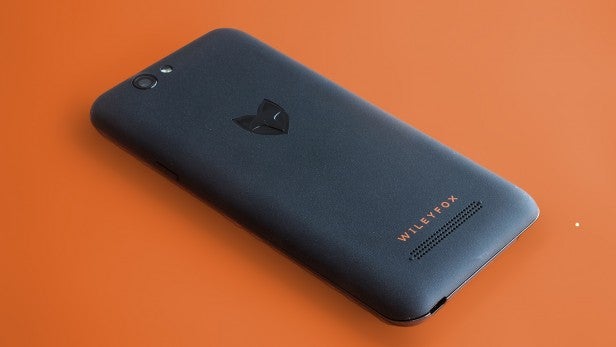
By comparison the phone’s CPU is rather capable, at least on paper. The MediaTek MT6735 is a quad-core CPU with 1.3GHz Cortex-A53 cores, making it very similar to the Snapdragon 410 seen in the third-gen Moto G.
In Geekbench 3 it scored 1,885 points, which is significantly better than the expected result from a Snapdragon 410 (around the 1,600 mark). It’s just a pity that the reality is worse.
The sluggish performance is something that should make you think twice about forking out for this phone – it would be enough to make me want to spend a little more. Right now, the third-gen Moto G sells for around £120, the Wileyfox Swift around £125. The LG K8 and Samsung Galaxy J5 are also worth considering.
Can’t go above £100? I find the £75 Vodafone Smart Prime 7’s performance issues less obvious. There’s also a higher-end version of the Spark – the “Spark Plus” – at £114.99, which includes more storage (likely also much faster) and more RAM; this should prove enough to resolve all the Spark’s performance niggles.
How we test phones
We test every mobile phone we review thoroughly. We use industry standard tests to compare features properly and we use the phone as our main device over the review period. We’ll always tell you what we find and we never, ever, accept money to review a product.


